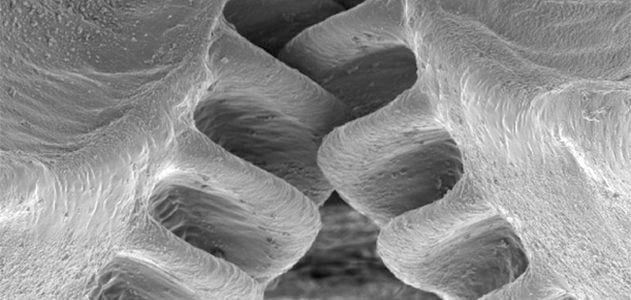Heiress Picks 50 Citizens to Distribute €25 Million
Marlene Engelhorn, a Millennial heiress from one of Austria’s wealthiest families, is giving away her inheritance. Her ancestors founded BSAF Pharmaceuticals and later acquired Boehringer Mannheim, another pharmaceutical company.
Engelhorn’s €25 million share of her family’s $4.2 billion fortune was distributed to 77 charitable and non-profit organizations by a group of 50 randomly selected citizens from Salzburg. This group, known as the Good Council for Redistribution, met over six weeks to decide on the allocation. The council members, chosen from a pool of 10,000, received lectures from philosophers and economics professors to guide their decisions, according to Euro News.
Engelhorn stepped back entirely once the committee was formed. The largest recipients included the Austrian Nature Conservation Association and Nuenerhaus, a homeless assistance organization, each receiving over $1.5 million. Other notable donations were €1 million each to the Momentum Institute and Attac Austria, €300,000 to the Autonomous Austrian Women’s Shelters, and €100,400 to the Común Foundation for nature restoration.





